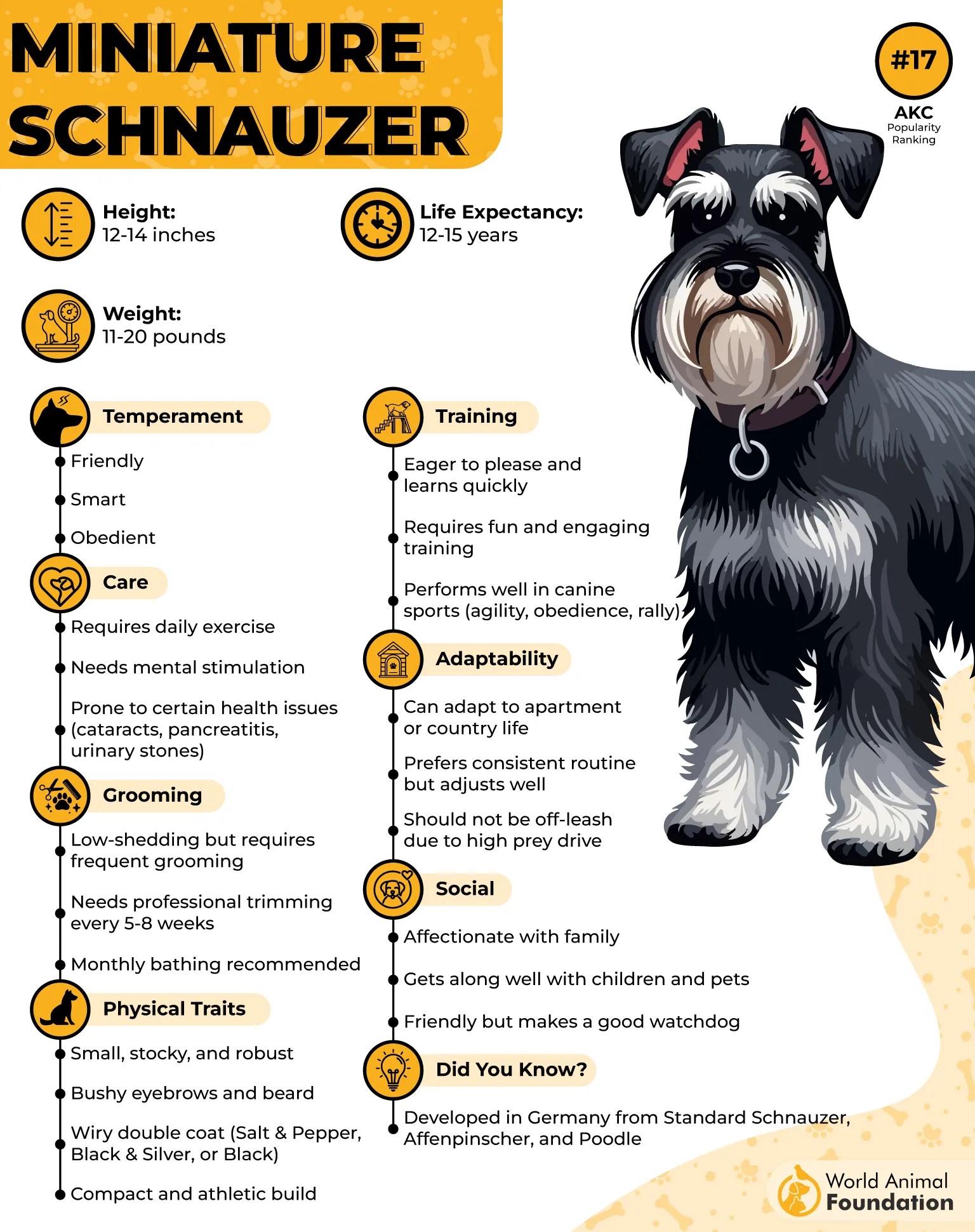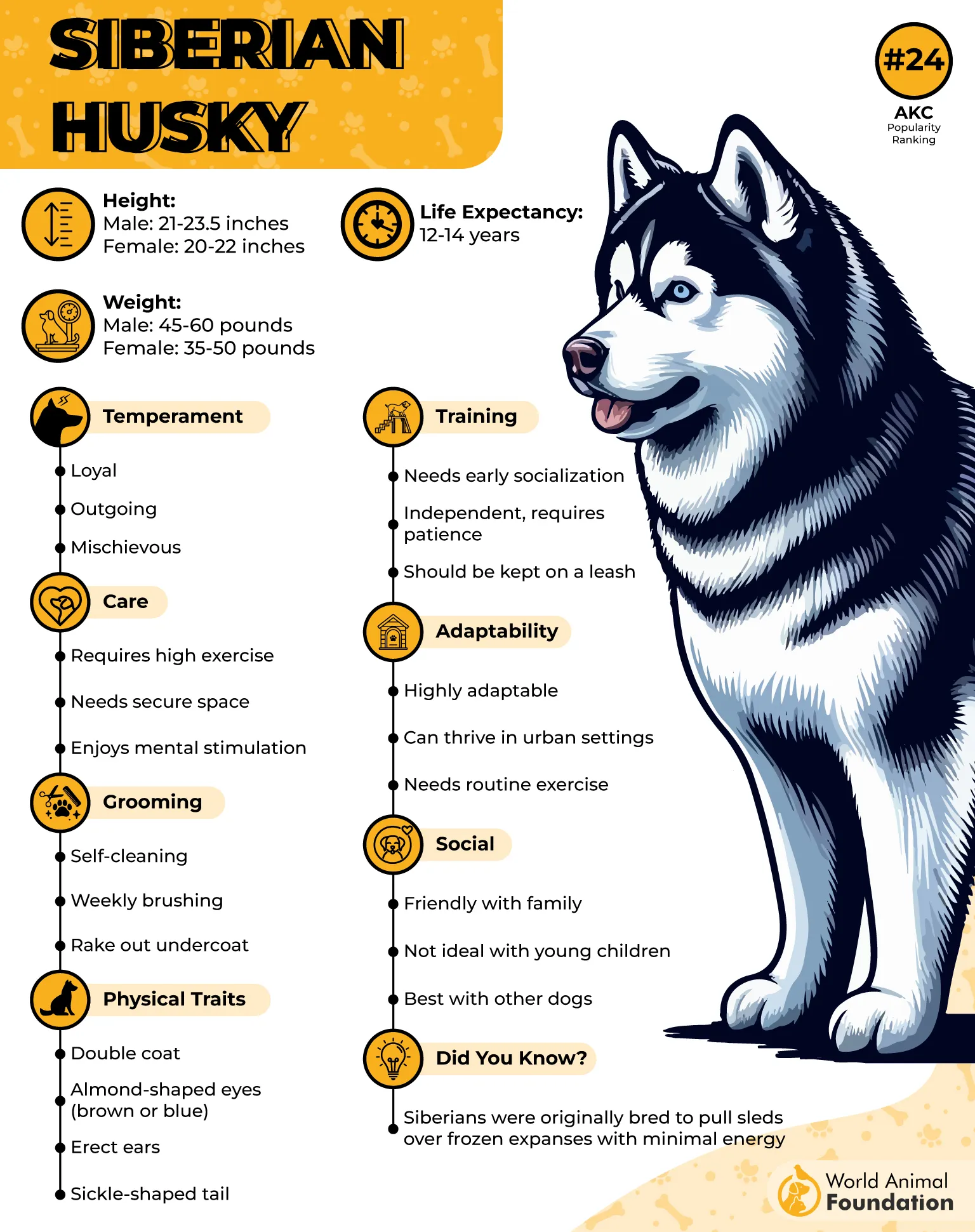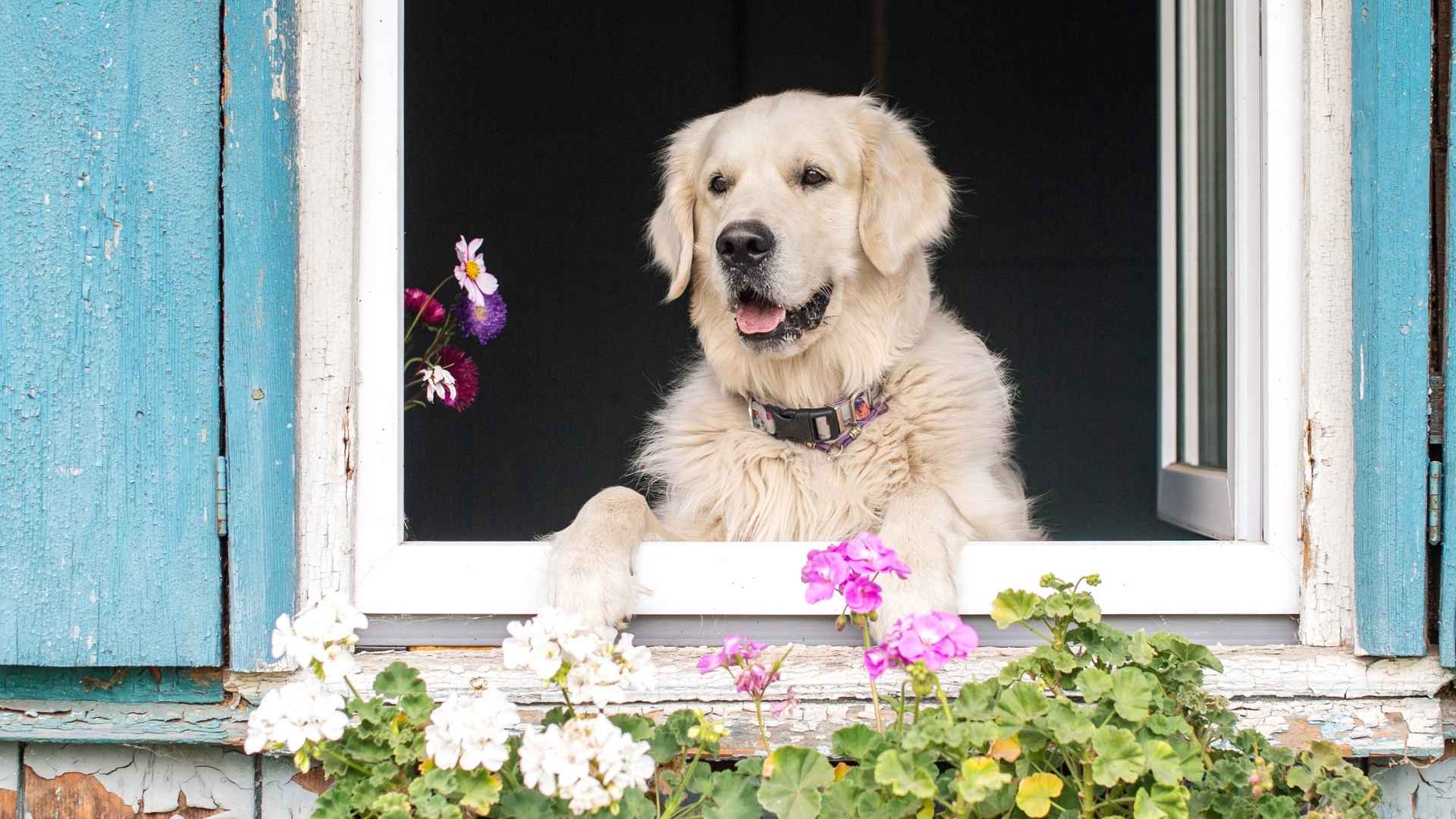Certain dog breeds have an innate instinct to alert their owners immediately to sights, sounds, and movements outside the home. These vigilant dogs frequently position themselves by open windows, swiftly barking at passing pedestrians, vehicles, wildlife, or even rustling leaves.
This trait, rooted deeply in their history and genetic makeup, often makes these breeds highly effective watchdogs. Understanding why particular dogs display heightened alertness helps owners manage their behavior and create calmer home environments.
Breeds that instinctively bark at open windows typically share traits such as acute senses, protective personalities, and territorial instincts shaped by their original working purposes.
This article explores ten dog breeds known for instantly reacting to external stimuli, visible or audible, through open windows. Highlighting their backgrounds, temperaments, and behaviors, the following breed profiles will explain exactly why these dogs bark, offering valuable insights for current and prospective owners seeking a deeper understanding of their canine companions.
Dog Breeds That Bark Instantly At Open Windows
1. Jack Russell Terrier
Jack Russell Terriers originated as fox-hunting dogs, known for quick reactions and high alertness to sounds or movements. Their tendency to bark at open windows is deeply connected to their hunting instincts—any unusual noise or movement sparks immediate attention.
According to the AKC, their energetic and spirited temperament demands regular exercise, ideally involving games like fetch or agility training. Without sufficient stimulation, boredom quickly translates into increased barking, so consistent mental engagement is crucial.
Jack Russells possess an assertive personality, and while they’re highly intelligent and trainable, firm and positive training from puppyhood is essential. Early socialization can help curb excessive territorial behaviors like barking.
These terriers have short, easy-care coats that require weekly brushing. Regular dental care and ear checks are also necessary because their active exploration outdoors often exposes them to environmental irritants.
Due to their protective nature, Jack Russells frequently position themselves near windows to maintain vigilance over their territory. Owners often appreciate this trait, but providing clear boundaries can prevent unnecessary vocalization.
Quick Tips
Keep training sessions short and engaging.
Provide regular daily exercise to prevent boredom.
Use window blinds or curtains to reduce visual stimuli.
2. Beagle
Beagles, historically bred to hunt rabbits and hares by scent, have keen noses and ears finely tuned to distant sounds. Open windows stimulate their natural curiosity, often leading them to bark or bay enthusiastically at unfamiliar scents or noises drifting indoors.
They are highly social and friendly dogs, thriving on companionship. Isolation or prolonged alone time can trigger excessive barking, so ensuring regular interaction and company helps manage their vocal tendencies.
Beagles need plenty of outdoor exercise—long walks, scent-tracking games, or exploring new trails. Physical and scent-based activities satisfy their instincts, reducing frustration-induced barking when inside the home.
Training Beagles requires patience due to their independent nature, but consistency yields positive results. Employing scent-driven reward systems enhances their willingness to respond promptly to commands.
Beagles have a short, dense coat that’s straightforward to maintain with weekly brushing. Their floppy ears, however, demand careful attention to avoid infections caused by moisture buildup.
Quick Tips
Introduce scent games or puzzle toys to engage their senses.
Provide consistent companionship to reduce barking.
Train recall commands early, using scent-based rewards.
3. Smooth Fox Terrier

Smooth Fox Terriers were originally bred to flush out foxes from hiding places, requiring a high level of alertness and vocal communication. Their barking at open windows often stems from a strong prey drive triggered by movement outside the home.
Characteristically confident and lively, these terriers need regular, vigorous exercise such as runs, agility courses, or active play sessions. Meeting their physical needs prevents restlessness and excessive vocalization indoors.
Smooth Fox Terriers respond well to training when methods are clear, structured, and firm yet positive. Early obedience training significantly reduces territorial barking behaviors by helping them distinguish threats from everyday stimuli.
Grooming needs for Smooth Fox Terriers are minimal; regular brushing keeps their sleek coat neat and healthy. As per PetMD, regular checks for dental and ear hygiene are recommended due to their active lifestyle outdoors.
Their keen intelligence and quick thinking make them highly alert to their surroundings. Owners often notice that these terriers frequently position themselves near windows, anticipating activity or movement outside.
Quick Tips
Provide plenty of vigorous daily exercise.
Implement clear, structured training from an early age.
Use interactive toys to keep their intelligent minds engaged.
4. Chihuahua
Chihuahuas may be small, but their reputation for barking instantly at open windows far exceeds their stature. With origins as alert companions, their barking typically signals a protective response toward perceived intruders or unfamiliar movements outdoors.
This breed tends to bond intensely with one or two individuals, becoming notably territorial. Early socialization and exposure to varied environments help moderate their tendency toward anxiety-induced barking.
Training a Chihuahua requires gentle yet firm methods, as harsh corrections can increase nervousness and barking. Consistent, reward-based training methods effectively reduce their anxiety-driven vocalization.
Although their tiny size means lower exercise demands compared to larger breeds, daily short walks or indoor play sessions maintain their emotional stability. Physical activity significantly lessens nervous energy, reducing window-related barking.
Chihuahuas have minimal grooming requirements, thanks to their short coats, but dental care is vital due to their predisposition to dental issues. Regular checks for eye and ear cleanliness are also necessary to ensure overall health.
Quick Tips
Prioritize early socialization to reduce territorial barking.
Use gentle, reward-based training to manage anxiety.
Offer calming toys or comfortable spaces away from stimulating windows.
5. Miniature Schnauzer

Miniature Schnauzers originated as ratting dogs and watchdogs on German farms, explaining their instinctual urge to bark at anything unfamiliar outside an open window. Their alertness served historically to warn farmers of intruders or pests, and today they remain quick to sound an alarm at even minor disturbances.
This breed combines a lively temperament with notable intelligence, so consistent training and clear boundaries are essential to prevent excessive barking. Early socialization exposes them to a variety of stimuli, helping them discern genuine threats from harmless noises or movements outdoors.
Miniature Schnauzers require moderate daily exercise, such as brisk walks, games of fetch, or structured play sessions. Engaging their active minds reduces boredom-triggered barking, channeling their natural curiosity into positive activities.
Grooming is relatively involved due to their double coat, requiring brushing multiple times weekly and regular professional grooming every six to eight weeks. Special attention should be paid to their distinctive beard and eyebrows to avoid matting.

While friendly and affectionate with their family, Miniature Schnauzers tend to be wary around unfamiliar people or animals. Providing them with designated observation points or spaces away from windows can significantly reduce reactive barking.
Quick Tips
Start consistent training early to manage alert barking.
Engage their minds with puzzle toys and structured play.
Limit their visibility of outside activity to reduce overstimulation.
6. Dachshund

Originally bred in Germany to hunt burrowing animals, Dachshunds have developed strong vocal tendencies triggered by noises, movements, or perceived threats outside. Their instinctive barking at open windows often signals attempts to protect their home from potential intrusions.
Dachshunds possess a spirited yet stubborn temperament, which can pose challenges during training. Positive reinforcement combined with consistent discipline helps curb unnecessary vocalizations, teaching them appropriate responses to everyday stimuli.

Exercise is crucial for Dachshunds, not just for physical health but also to prevent excessive barking. Regular walks, interactive play, and tracking games satisfy their hunting instincts, significantly reducing frustration or boredom-induced barking.
This breed’s grooming needs depend on coat type—smooth-coated Dachshunds require minimal brushing, whereas wire-haired and long-haired varieties need more frequent care. Regular nail trimming and dental hygiene are essential to maintain overall health.
Dachshunds form strong bonds with their human families and tend toward territorial behavior. Controlling their environment by limiting visual triggers or distractions from windows helps reduce constant alert barking indoors.
Quick Tips
Provide regular scent-based activities for mental stimulation.
Use consistent commands and rewards during obedience training.
Place barriers or curtains on windows to limit visual triggers.
7. Australian Shepherd

Australian Shepherds were bred as intelligent herding dogs, naturally alert and responsive to movement and sounds outside. Barking at open windows is an instinctive way for them to signal awareness of potential threats or activity within their perceived territory.
This highly energetic breed thrives on physical and mental stimulation. Daily vigorous exercise such as agility training, frisbee, or long hikes helps channel their abundant energy, reducing tendencies toward restless or reactive barking.

Training Australian Shepherds can be particularly rewarding due to their exceptional intelligence and willingness to learn. However, their sensitive temperament requires calm, consistent guidance, as harsh corrections may increase anxiety-related vocalizations.
Their thick double coat sheds moderately year-round, intensifying seasonally. Regular grooming, including thorough brushing several times a week, keeps their coat healthy and manageable, while routine ear checks prevent infections.
Due to their herding instincts, Australian Shepherds are often quick to alert at perceived disruptions around the home. Providing clearly defined roles and engaging activities helps them distinguish between genuine threats and ordinary neighborhood activity.
Quick Tips
Engage them regularly in herding or agility exercises.
Establish clear, consistent rules to manage territorial barking.
Limit visual stimulation near windows to prevent overstimulation.
8. Bloodhound

Bloodhounds are world-famous tracking dogs, bred to follow scents over long distances. While they’re not constant barkers, they instinctively howl or bay deeply when intrigued by movements or scents through open windows, signaling their excitement or curiosity.
Their extraordinary noses guide their lives, and they’re easily distracted by interesting smells outside. A securely fenced yard and supervised outdoor activities prevent them from wandering off to pursue scents, thus controlling unnecessary vocalization.
Despite their independent streak, Bloodhounds respond well to gentle, consistent training. Early obedience sessions help manage their natural stubbornness and reduce reactive barking or howling at external stimuli.
Their grooming needs are moderate, with their short coats needing weekly brushing. Particular attention should be given to their ears and facial wrinkles, which require regular cleaning to prevent infections or skin irritation.
Bloodhounds form strong bonds with their families, often showing affection through gentle companionship. Their alertness at windows typically signals interest rather than territorial aggression, though it can escalate if left unmanaged.
Quick Tips
Provide regular scent-tracking games for mental enrichment.
Reinforce recall training early to manage their strong scent drive.
Regularly inspect and clean ears and skin folds.
9. Siberian Husky

Siberian Huskies were bred as sled dogs in harsh northern climates, accustomed to communicating through barking and howling. They are highly vocal, often reacting instantly to movements or sounds at open windows with enthusiastic vocalizations.
Their sociable, energetic nature demands consistent physical exercise—long daily runs, hikes, or structured dog sports help reduce their vocal energy indoors. Without adequate activity, Huskies may engage in restless, boredom-driven barking.

Training Siberian Huskies requires patience, as they are intelligent but notably independent. Positive reinforcement, along with clear boundaries and commands, helps control their natural tendency to vocalize excessively.
Huskies have dense double coats that shed profusely, especially during seasonal coat changes. Regular brushing multiple times per week helps control shedding and keeps their coats healthy and manageable.
Friendly but pack-oriented, Siberian Huskies often vocalize to express excitement or communicate with family members. Recognizing their vocal nature as part of their communication style can help owners respond appropriately, reducing frustration.
Quick Tips
Incorporate vigorous daily exercise routines.
Engage in structured obedience training from an early age.
Manage their window access to minimize reactive barking.
10. West Highland White Terrier

West Highland White Terriers, or Westies, originally hunted small prey such as rodents and foxes in the Scottish Highlands. Their instinctive barking at open windows usually stems from alertness to unfamiliar sights or sounds, reflecting their historical role as watchdogs.
Westies possess a lively and bold temperament, requiring consistent training from puppyhood. Positive reinforcement encourages cooperation, helping manage their naturally assertive behavior, including territorial barking.

According to WebMD, they have moderate exercise needs—daily walks combined with engaging activities or games keep their energy directed positively. Lack of stimulation often results in increased vocalization as a means of relieving boredom.
Westies feature a thick, double-layered coat that needs regular brushing and professional grooming every six to eight weeks. Attention to their skin is essential, as they can be prone to allergies or sensitivities.
Though friendly and sociable, Westies often bark to communicate their awareness of external activity. Providing designated quiet spaces and consistent behavioral boundaries reduces reactive barking triggered by window-related stimuli.
Quick Tips
Engage Westies in interactive games and daily walks.
Practice calm and consistent obedience training early on.
Regularly groom their coat to maintain skin health and reduce irritation-induced behaviors.
Conclusion
Managing a dog’s barking behavior often requires understanding what’s deeply ingrained in their breed characteristics and individual personality. Pet parents may face situations ranging from attention-seeking barking at kids playing in the street to specific barks triggered by the mail carrier or strangers at the front door. Addressing compulsive barking involves reinforcing quiet behavior, rewarding a dog’s ability to remain quiet in moments when they typically start barking.
Practical solutions include providing fun activities to prevent boredom, using positive reinforcement with treats or spray cheese to encourage calmness, and teaching cues such as “sit” or “wait” when greeting new visitors. Avoid aversive methods like electric shocks, which may worsen anxiety.
For persistent barking issues, consultation with a veterinary behaviorist or certified applied animal behaviorist can guide effective interventions. Whether triggered by cats, other dogs, or talking children outside, patience and positive training help ensure a quieter, happier home for pets and their families.


